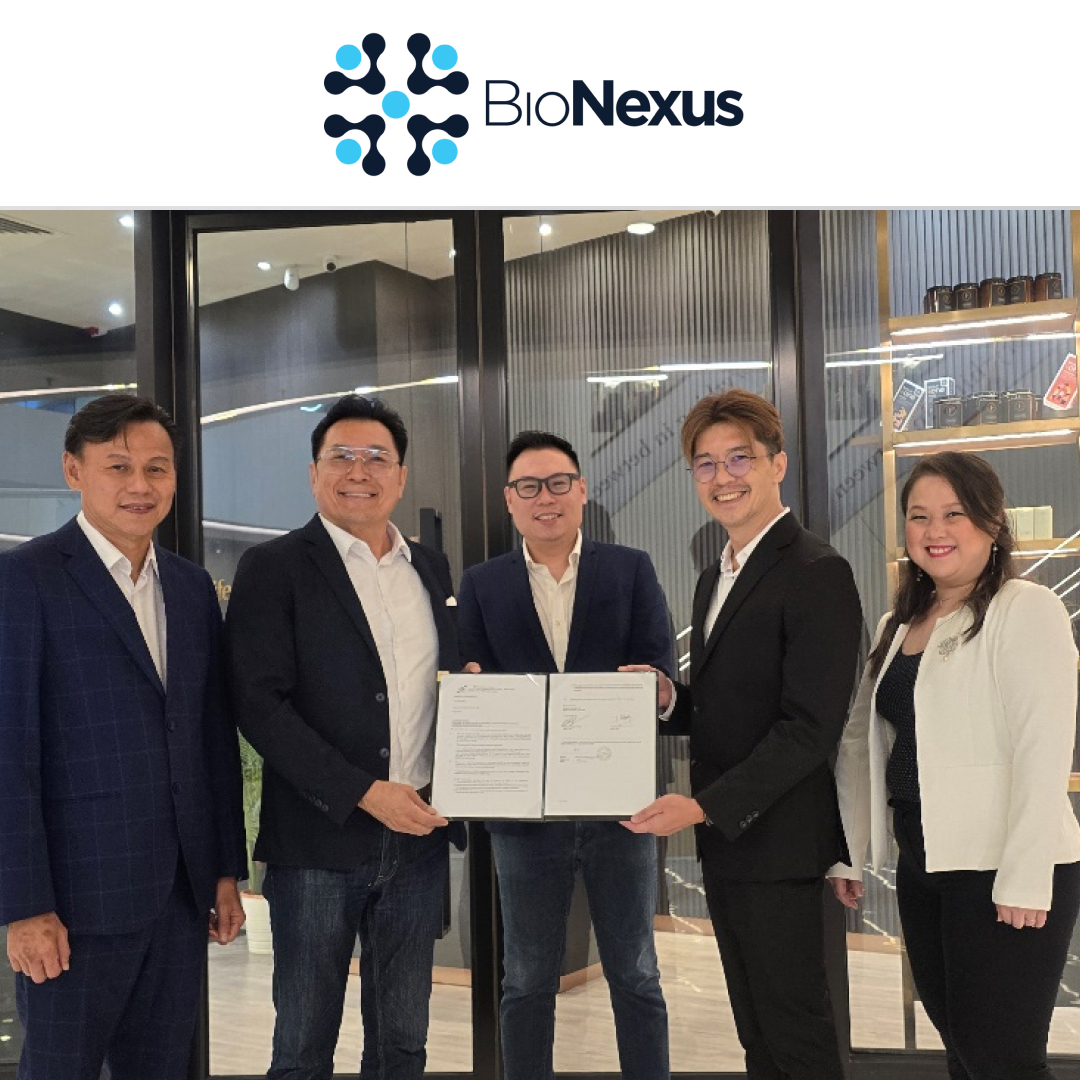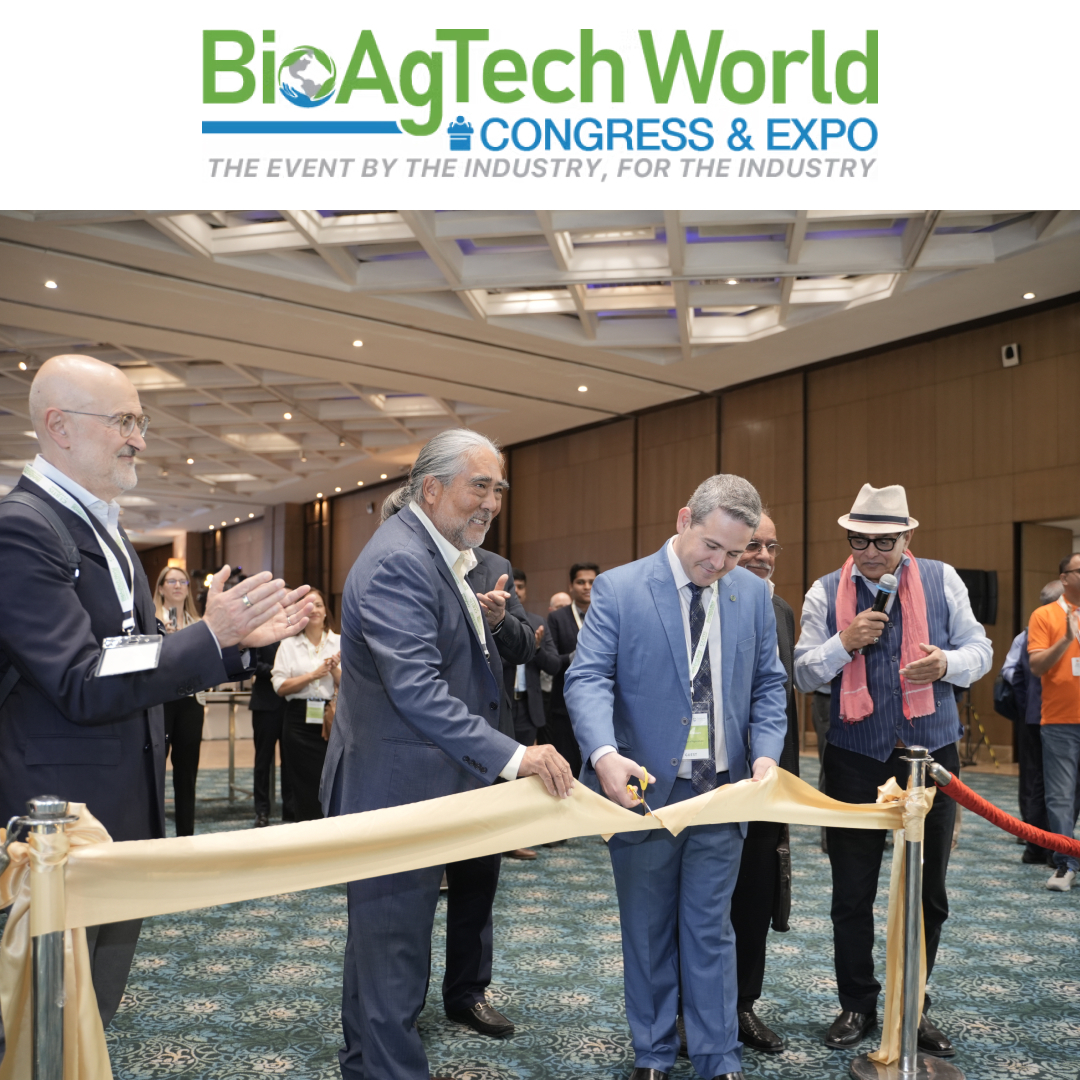It is back-to-work season, after the summer break; “la Rentrée” – the French word to describe the return to the office after (a typically long) summer break. Summertime is great for some good reading and reflection. This summer, I read a couple of interesting articles that paved the way for some thoughts that can be helpful to drive our regulatory world forward.
The Causation Allegations and the Origins of (Mis)Trust
We often observe certain outcomes and are tempted to link them to a cause. In the past years, this has been a recurrent practice of targeting science, from antivaxxers to climate change deniers. This has caused serious troubles for our societies, undermining institutional trust and ultimately damaging our public health. However, this is amplified by social media, without checks and balances moderation, but could be explained by the uncertainty associated with scientific results and the fact that everything happening around us cannot be explained.
Another bigger contributor is that we “scientists” publish all kinds of results in all types of journals, all the time, and about everything. The plausible links between unrelated events (e.g., vaccines and autism) have been undermining public trust across various scientific areas. If we, scientists, allow biased results to be published, cited and even used in a regulatory context, how can the public trust us?
We cannot change the peer-review process overnight – except at the individual level for the journals we review. We are responsible for ensuring that the public can trust the regulatory decisions. There must be a clear separation between robust science and speculative science when a regulatory decision is taken. There are numerous instances of a conservative precautionary approach that have taken the lead, and robust science has been bested. The thought of safeguarding the people with a disproportionate precautionary approach is contributing to undermining public trust in the long run and perpetuating the problem they want to prevent.
To deal with the uncertainty, we should acknowledge it, describe it well and put it into the decision context. Because uncertainty always remains! Physicists keep changing the theories (black holes), and the public is totally fine with that. Physicists are considered smart people by most societies. So, why do we need to assign a cause to everything in biological systems?
We as a community – industry and agencies alike – should ensure that approvals are based on reliable scientific evidence, preventing the use of speculative science and demonstrations of theories. The current situation needs to be changed to (re)gain the trust of citizens in regulatory sciences and regulatory decisions. This can only be done by ensuring the scientific evidence is properly assessed for robustness, reliability and correct applications of the scientific method.
Similarly, uncertainty in geology is well accepted. I recently read an article about the origins of the Lisbon earthquake and tsunami in the 18th century. The article also highlights how it could not have happened with that intensity and the Pacific tectonic plates-based data and models used to predict the Atlantic ones, which is fairly calm.1 It was a good article from a matter of perspective and learning about communicating uncertainty in science.
Why do we accept uncertainty in geology and physics but not in biology? The question has been turning over in my head since the summer holidays. No clear answers so far.
How to Build Trust
The B-Trust project aims at tackling the European blockage to Biotechnology and providing ideas around building acceptance around biotech in the food chain. The project’s main objective is to develop a transparent governance model that promotes the application of biotechnology in the agri-food and bio-based sectors, while improving industrial competitiveness and contributing to environmental, economic, and social sustainability, aligning with the UN Sustainable Development Goals. More information about the project can be found on the project website (btrustproject.eu). B-Trust is an interesting project, using innovative approaches to tackle concerns and barriers to technology adoption. Co-creation involves several actors in the food chain. The co-creation approach is important, and it addresses one of the barriers pointed out by farmers for the adoption of new technologies: having the feeling that decisions are being made above their heads.
My first meeting after rentrée was a workshop run by an EU-funded project called B-Trust, under the title: “Solutions for Trust Barriers”.2 This workshop was directed at some industry stakeholders, and the participants were asked to provide ideas to overcome a set of adoption barriers to biotech. These barriers were previously collected from farmers and European consumers in earlier workshops. The barriers were overlapping, mostly connected to fear and mistrust, lack of scientific knowledge and psychological behavior. I feel we cannot address some of these fears with data generation.
It is not data that is missing in some of the new technologies but a better understanding of how they work, running plausibility checks of certain events to occur, and what is currently being used for that same purpose and its impact on the environment, humans and the ecosystems. Basically, considering a scenario of non-approval for a new product alongside the possible approval one, the risks and the benefits of both scenarios.
What is New in Brussels? The Return of the Bogs
The EU has resumed discussions in Brussels around several hot dossiers – the Biotech Act, the Simplification procedure for Biocontrol and plant protection products (a.k.a. the Omnibus Simplification Package), and a review of the Fertilizer Product Regulation (FPR), which includes the microbial-based biostimulants. All these impactful policies are in a very active discussion phase; hence, it would be premature to speculate on any of the subject matters. One thing I am rather sure of at this point: changes are going to happen at a faster speed than we are used to watching in European affairs. I would risk guessing that a lot of the changes will be in a good direction for the bio inputs industry. Certainly, there will be a short-term business impact. It will be crucial for businesses to keep up to date to not be directly impacted by the new rules or because of a competitor making some speedy moves.
Talking about the return of the bogs and peatland, which have been at the center of some emotional debates in the past. The argument is about the restoration of peatland or more of conversion into agricultural land. A controversial legislation – The EU Nature Restoration Regulation3 – approved during the heydays of the Green Deal in 2024, come to change the direction of the discussion in wartime at the EU eastern border. Peatland and bogs are seeing a surge in restoration projects mainly because the economics brought by the new Nature Restoration legislation and carbon credits are helping to support the main case for bogs’ revival: terrestrial defenses against invasion in the Eastern EU flanks.4
For a long time, bogs were regarded as wasteland that should be converted into productive farmland, and such a vision led to approximately 50 percent of the EU peatlands degradation is due mostly to land drainage for agricultural purposes. Bogs are the most efficient natural repositories of CO2 and are able to produce carbon-rich peat. To give you an idea: bogs cover about 3 percent of the planet’s area, but they lock in a third of the world’s carbon, twice as much as forests can sequestrate, according to the authors.
If you think about this carbon balance alone, and making use of the European Environmental Agency 2022 figures5: 124 million tons of greenhouse gases were released from drained peatlands which is the equivalent to The Netherlands’ total carbon emissions in that year; the impact of the EU Restoration law can be huge, including from an economic point of view and considering the short term gains (carbon credits). Considering that Member States of the Union have until 2030 to achieve the restoration of 30 percent of the degraded peatland, the impact on carbon sequestration will be considerable.
Fun fact: 12 percent of the degraded peatland worldwide produces 4 percent of the global planet-warming pollution, whereas the global aviation contribution is 2.5 percent.
The EU Nature Restoration Regulation is a good example of green legislation that can have a massive impact on our health, ecosystem and economies. Hopefully, we will see some initiatives of the Green Deal getting revamped, in whatever new redactions and legislative vehicles, driving the EU Bioeconomy forward. The price being paid by the EU for its stagnation-driven policies and precautionary measures of the past is much too visible to remain dormant. Allowing our social democracies and businesses to erode further does not seem like a viable option.
Wishing everybody a great “Rentrée”!
References:
- Howell (2025), New look at 1755 quake, Europe’s largest ever, may foretell Atlantic ‘ring of fire’, Science, 27th August 2025. Link
- B-Trust project (2025)Link
- Regulation (EU) 2024/1991 of the European Parliament and of the Council of 24 June 2024 on nature restoration and amending Regulation (EU) 2022/869. Link
- Zia Weise, Wojciech Kość and Veronika Melkozerova; From Kyiv to the Suwałki Gap, bogs return as Europe’s defensive shield; Politico.eu; published 26th August 2025. Link
- European Environmental Agency EEA report 17/2024; Enhancing Europe’s land carbon sink; Report published 30th June 2025; available online: Link
Disclaimer: the text expresses solely the personal thoughts and views of the author on the topic and do not necessarily reflect views, opinions, or positions of any organization to which the author is affiliated.
Author: Dr. José Carvalho is currently Europe Regulatory Lead for Certis Biologicals (aka Certis USA L.L.C), Chair of the IBMA Microbial Professional Group and member of the IBMA Council.







Leave a Reply